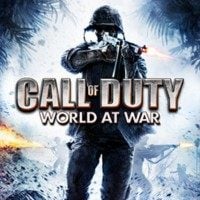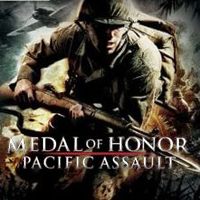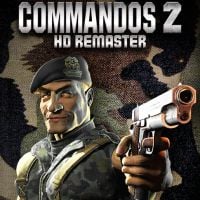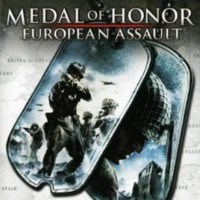Commandos in Real Life – The Most Amazing Special Operations of World War 2
The missions in Commandos 2 are inspired by the most popular war movies about spec-ops. And these movies were often inspired by Alistair MacLean's books. And these books, mind you, were inspired by real-life events – and these were often amazing.

- Commandos in Real Life – The Most Amazing Special Operations of World War 2
- St Nazaire Raid – "The greatest raid of all time”
- Operation Frankton – kayaks against ships
- Marine Raiders – the Makin Atoll Raid
- Operation "Anglo" – the demolition of Rhodes
War... war changes, after all! The First World War generated many technologies that have evolved into things we use today; the Second forever changed the rules of strategy for all combat units. Enormous, trenched and static battlefields were rendered nearly completely obsolete on September 1, 1939, as the Blitzkrieg raged east – the "lightning war" was fast, making use of mechanized infantry, and clandestine operations. It's the Second World War that gave rise to many of modern special operations units. In 1940, the British Commandos were created, promptly evolving into what we know today as SBS, and SAS. Others have followed suit, producing, among others, the American Rangers, the Marine Raiders of the USMC, or the Office of Strategic Services (OSS) – the predecessor of the CIA.
The dangerous, secretive operations of the highly-trained commandos stirred our imagination from the very beginning, and became a fertile inspiration for pop-culture in general after the war. First, thanks Scotsman Alistair Maclean's bestsellers (Ice Station Zebra, When Eight Bells Toll), and then their blockbuster, Hollywood adaptations. With high-octane action and a cast of stern-looking alpha males, hits such as The Dirty Dozen or The Guns of Navarone became the defining classics of war cinema. Now, I don't think I need to convince you how nourishing a theme the War has been for video games – with especially the late 1990s and early 2000s bringing classics such as the original Medal of Honor, Hidden and Dangerous, or Commandos.
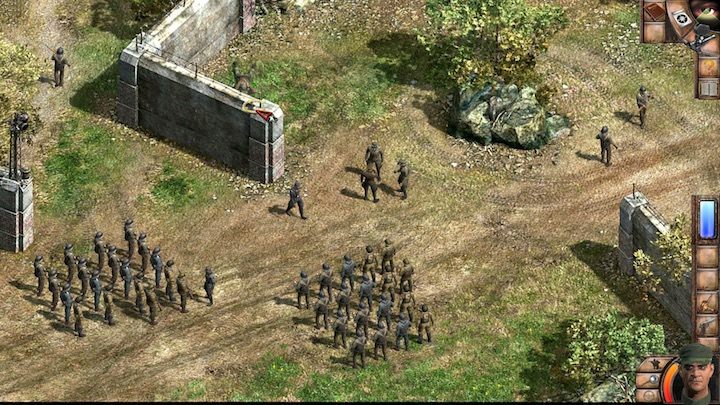
Soon, we will be reminded of (or introduced to) the heyday of the genre – with the updated version of Commandos 2. This is basically a two-in-one, since many of the missions in the story campaign were clearly inspired by the aforementioned war movies (and several others). We already know these stories, they feel quite familiar – but what about the operations that happened in reality? The release of Commandos 2: HD Reissue will provide a good opportunity to see the actions of real commandos – Birtish, and others. Here are five most amazing, slightly subjective, real-life operations of spec-ops from World War Two.
BRIDGE OVER THE RIVER KWAI
The story campaign in Commandos 2 is a recap of the best war movies. “The Bridge on the River Kwai” is, of course, a reference to the film of the same name, which you may remember for its distinctive musical theme. One of our tasks is to free Colonel Guinness – the main character of Colonel Nicholson is played by the famous actor sir Alec Guinness. Also, the very sequence of blowing up the bridge in the movie and in the game are very similar.
The stage "Guns of Savo Island" is, in turn, a reference to Guns of Navarone – a movie based on the book by Alistair MacLean. "Saving Private Smith" is an obvious reference to Spielberg's Saving Private Ryan, while "Das Boot, Silent Killers" and "Castle Colditz" are loosely inspired by Das Boot and The Great Escape.
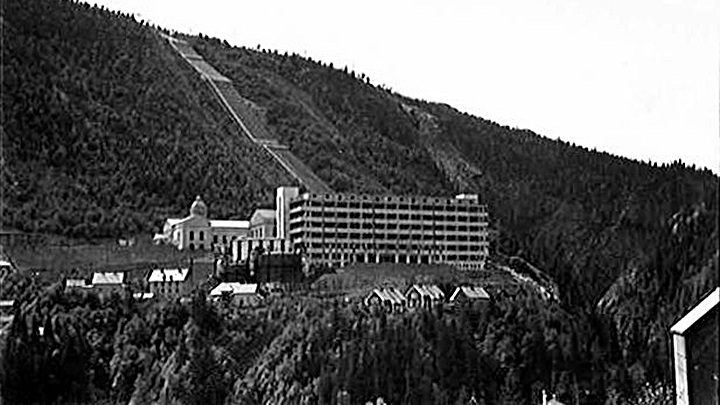
Heavy Water War
The Heavy Water Sabotage was an attempt of the allied forces to hinder Nazi nuclear development, concluded with a secret action by Norwegian commandos. Heavy water was necessary for the production of an atomic bomb, and the allies wanted to delay the development of such weapons by the Germans at any cost, for obvious reasons. The Vemork hydroelectric power station in the county of Telemark, Norway, offered the most convenient way of dealing with the threat. The first operation, codename "Grouse," took place in October 1942. Four Norwegian scouts, prepared for the occasion by the British Special Operations Executive, successfully infiltrated enemy territory and prepared the ground for the next operation – codename "Freshman." This one, however, ended in a spectacular disaster.
A month's training in Wales preparing soldiers for this particular task, went in vain. Thirty British sappers from a unit of the Royal Engineers were to arrive aboard two Horsa gliders towed by Handley Page Halifax bombers. On-site, they were to link with Norwegians from the Grouse group. Bad weather, dense clouds, and ice on aircrafts' skins had calamitous effects – one of the bombers crashed, and the gliders had a rather rough emergency landings. In fact, several soldiers in both of them were killed on the spot. The rest, with various injuries, were soon captured by Germans and executed.
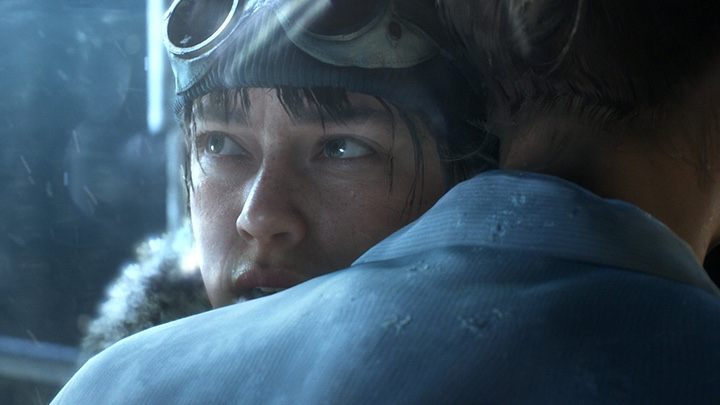
Norwegian Grouse scouts managed to retreat, and the British began planning operation "Gunnerside." In February 1943, six Norwegian commandos were parachuted in. After several days of searching, the two teams met, and proceeded with the action. The heavily guarded bridge leading to the power plant was bypassed by descending and then climbing a very steep hill. Inside, they only encountered a Norwegian janitor, so the explosives were planted without a hitch. When fleeing, the commandos deliberately left an American Thompson SMG behind to save the local population from retaliation. The entire supply of heavy water and equipment for its production were blown up. Despite a large-scale search involving three thousand German soldiers, the Norwegian commandos disappeared into thin air. They walked 400km on skis, all the way to Sweden; two of them followed to Oslo, and the rest remained and aided the local resistance.
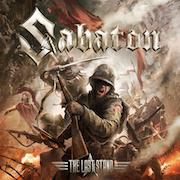
HEAVY WATER WAR IN POP CULTURE
We've begun this article with this particular event for a good reason. This operation was recently recreated in Battlefield 5. DICE told a story that was rather loosely inspired by those events, in the mission "Nordlys." Instead of the Norwegian commandos, we have a young girl from the resistance, who destroys the heavy water supplies herself, but – as in reality – there was plenty of skiing in this mission, too.
It is worth noting, however, that the Norwegian guerilla did participate in the battle, because after American bombings forced Germans to abandon the power plant, local partisans blew up a ferry that tried to take the last heavy water supplies to Germany.
Alistair MacLean's book is definitely more famous than the real story, but it has made some impact on pop-culture. The Brits made a film about it in 1965 called The Heroes of Telemark, and Norwegians made a TV series in 2015, entitled The Heavy Water War. Sabaton, a Swedish metal band famous for their depictions of historical battles, dedicated a song Saboteurs – The Real Heroes of Telemark to this very even.
